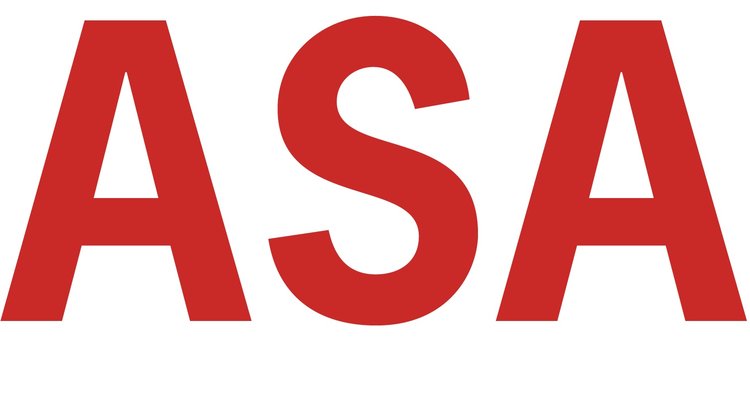Welcome to 2024. Most of us are recovering from unusually harsh weather this weekend. The weather seems to correlate to some man-made events that are garnering a significant amount of editorial coverage. I will add my own perspective here on the Boeing airplane door plug blowout. I should note that I have written several times about the Boeing 737 MAX culture, sales and training on its models, third-party vendors, and the lack of comprehensive regulatory oversight. To draw my conclusions and recommendations today, I’ve relied on articles by Dominic Gates of the Seattle Times (“Boeing’s Reputation Hits More Turbulence”), a Wall Street Journal article by Sharon Terlep and Andrew Tangel (“This Has Been Going on for Years”), a New York Times piece by Peter Coy (“The Scariest Part About the Boeing 737 Max 9 Blowout”), and a well-balanced analysis by syndicated columnist Zeynep Tufekci (“Two recent aviation incidents show the importance of regulation, training, expertise, effort and improvement of infrastructure, as well as professionalism and heroism”).
The airline industry is part of our nation’s critical infrastructure. Next to the banking and finance sector, it is probably already the other most heavily regulated industry in the country. The airline industry has its own complex infrastructure of design, testing, assembly, and operations, and supply and demand that operates behind airlines' sale of seats to thousands of individuals. Because of the regulatory and investigative apparatus, we have in place, both the National Transportation Safety Board (NTSB) and the Federal Aviation Administration (FAA) play vital roles in the safety rules designed to make flying safe, and the commitment to learning from every safety event that creates a continuous cycle of learning and training for airline employees.
You could say that the infrastructure has operated pretty well for a long time, based on the actual number of commercial airplane crashes in this country. But we know from reading these and other articles that we are at a critical inflection point: the FAA is not staffed to provide onsite inspectors on the assembly lines, whether those lines are vendor or Boeing-operated.
We know that the FAA is getting ready to remove some of Boeing’s self-certifying procedures that have been the workaround for a lack of FAA personnel. From where we are on the analysis of the door blowout, it appears initially that it could be a case of screws that were not tightened or screws that were not installed at Spirit. That Spirit had been cited repeatedly for assembly errors on Boeing and Airbus products is not surprising. The former Boeing executive, now Spirit’s CEO, is charged with turning things around, reminding employees that for 737 fuselages, “Spirit fabricates 10,500 parts” and uses “240,000 rivets to assemble each one.” Spirit’s CEO has a tremendous responsibility to turn assembly around.
Boeing and Spirit are a particular kind of example of how long it can take to fix a culture and a mentality focused primarily on driving out cost and making money rather than on the quality of its products. Gates believes that “It seems likely the FAA may now at least delay granting the exemption from safety regulations Boeing requested in December to get the MAX 7 certified.” Yes, that’s correct. The final MAX models are not yet certified to enter service and may not need to be, thanks in part to a sustained lobbying campaign in Congress after the two international MAX crashes in 2018 and 2019.
We can look to the banking and finance sector for another example of persistent workforce culture issues right under management’s noses: Wells Fargo Bank. Neither hefty fines from government entities nor a rule from the Federal Reserve Bank—limiting its growth significantly until certain bad practices were eliminated—have been effective.
Looking at the IT sector, we find the same result: large fines don’t seem to change behavior (or content moderation policies), nor does protracted grilling by various Congressional committees. You could say that the performance of technology companies is not as serious an issue as public safety issues are for airlines. But the numbers speak for themselves in terms of social media and suicide or other mental health issues. Congressional showboating slows down risk mitigation.
We’re short experts to work in highly technical positions like risk oversight, and part of the reason is a generalized disgust at the inability of the government to make private sector companies like Boeing and Wells Fargo fix themselves. Expect some tightening of FAA processes, but don’t count on Congress to fund additional appropriations to the FAA and NTSB.
This month, we publish two new research notes, both written by Ananya Misha, in a cybersecurity course I offered last year. Since I am no longer teaching, hers are the final research notes ASA will publish. We’ll replace that space allocated to research notes with commentary on one or two news stories of the month, leaving my column clear for topics that cover multiple critical infrastructure sectors.
